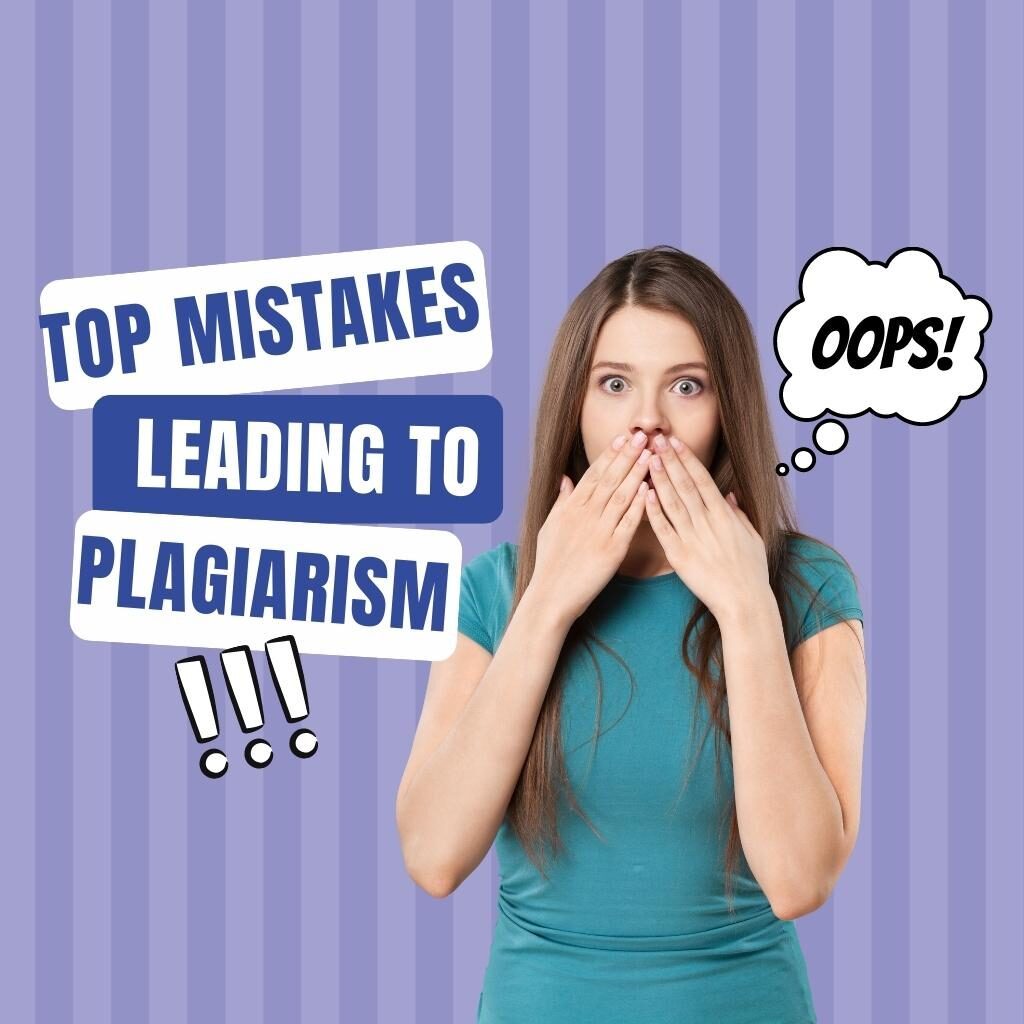Top Mistakes made by scholars which may lead to unintentional plagiarism (Things to avoid)

Plagiarism is often assumed to be a deliberate act of copying someone else’s work. However, in academic writing, unintentional plagiarism is far more common than many scholars realize. Whether due to oversight, lack of citation knowledge, or misunderstanding of academic standards, these mistakes can still carry serious consequences. Below are some of the most frequent errors made by researchers and students that may lead to unintentional plagiarism, and guidance on how to avoid them.
Directly copying and using matter from any existing source without giving credit to the original author
One of the most critical errors is copying text word-for-word from a published source and failing to acknowledge the original author. Even if the content is only a few sentences, using it without a proper citation constitutes plagiarism. Always ensure that any direct content from books, articles, websites, or reports is clearly attributed, even if it feels like common knowledge in your field.
Rephrasing or changing the structure of sentences from existing sources without giving proper credit to them
Paraphrasing does not eliminate the need for citation. Scholars often believe that changing the sentence structure or using synonyms exempts them from acknowledging the original source. However, if the idea, data, or argument originates from someone else’s work—even if rewritten in your own words—it still requires a proper citation to avoid plagiarism.
Using your own original material again in a publication that is previously published
Reusing your previously published work without disclosure is known as self-plagiarism. While it may seem harmless to reuse one’s own writing, it is considered unethical unless properly cited or approved by your institution or publisher. Always consult your academic guidelines before republishing or incorporating earlier work into a new assignment or publication.
Failing to put quotation marks (“ ”) when referring to ideas or work of someone else
Quotation marks are essential when using exact phrases or sentences from another source. A common mistake is including direct quotes without quotation marks, even if a citation is present. This gives the impression that the words are paraphrased or your own, which misrepresents the original author’s contribution. When quoting, ensure the quotation marks are used correctly and the reference follows immediately after.
Putting Quotation Marks (“ ”) in the wrong context
While omitting quotation marks is a common issue, misusing them is equally problematic. Some scholars use quotation marks around paraphrased text or summaries, which is misleading. Quotation marks should only be used for verbatim text. Misplacing them can confuse readers and reflect poorly on your academic writing skills.
Citing a reference in a different citation style than prescribed by University
Universities often specify a required citation style, such as APA, MLA, Chicago, or IEEE. Using a different style, or mixing multiple styles in the same document, can result in formatting inconsistencies and may be marked as a technical form of academic negligence. Scholars must be careful to follow the prescribed citation format throughout their work, including in-text citations and bibliography or reference lists.
Citing a reference for something which Is not covered in that Citation (Citing an Incorrect Source)
Another frequent issue is attributing information or claims to a source that does not actually contain that content. This can happen due to poor note-taking, incorrect source matching, or copying citations from someone else’s work without verification. Misrepresenting a source—intentionally or not—can mislead readers and damage the reliability of your research. Always verify each source before citation.
Referring to other authors to such an extent that it forms a major part of the work (Excessive use of references)
While supporting your arguments with credible sources is essential, relying too heavily on citations can create a paper that lacks original analysis. Excessive referencing, even when correctly cited, may raise concerns about the originality of your work. A healthy balance must be maintained between your voice and that of the sources you engage with. Your insights, interpretation, and synthesis should be the core of your writing.
Conclusion
Academic writing requires careful attention to citation practices and an understanding of what constitutes plagiarism—both intentional and accidental. By avoiding the above mistakes, scholars can maintain integrity, demonstrate respect for original thinkers, and build a strong foundation for their own academic contributions. When in doubt, it is always better to cite than to risk unintended plagiarism.

